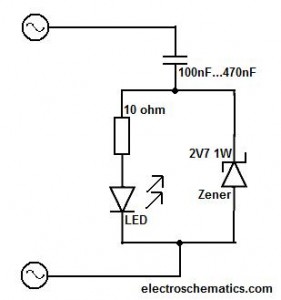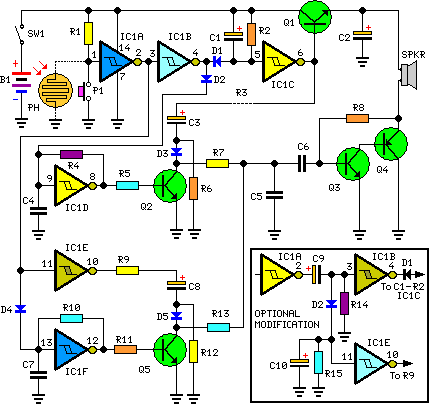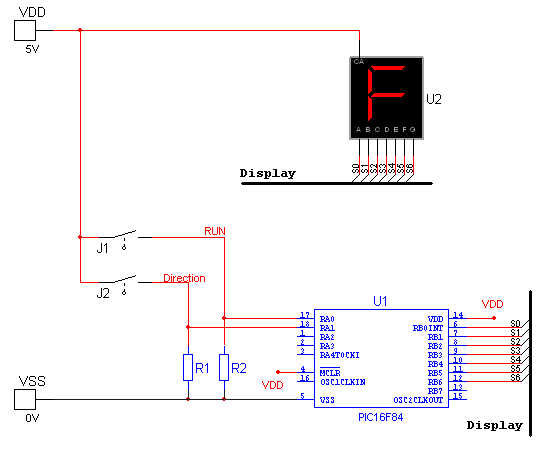
led light circuit schematics

This circuit should only be attempted by individuals with a strong understanding of electronic devices. It is connected to a main power source (220V) and poses a risk of high electrical shock.
This circuit operates at a mains voltage of 220V, which is standard in many regions. Due to the high voltage involved, it is crucial that only those with sufficient expertise in electronics attempt to work with or modify this circuit. The design is likely to include components such as resistors, capacitors, and possibly transformers, which are essential for managing voltage levels and ensuring safe operation.
Safety precautions must be taken to prevent electrical shock. This includes using insulated tools, wearing appropriate personal protective equipment (PPE), and ensuring that the circuit is de-energized before any maintenance or modifications are performed. Additionally, the circuit should be housed in a secure enclosure to prevent accidental contact with live parts.
The schematic may involve a power supply section that converts AC mains voltage to a lower, more manageable voltage for the rest of the circuit. This could include a transformer to step down the voltage, followed by rectification and filtering stages to provide a stable DC output if required.
In summary, this circuit is intended for advanced users who are aware of the dangers associated with high voltage circuits and have the necessary skills to work safely with them. Proper safety measures and an understanding of the circuit's operation are essential to prevent accidents and ensure reliable performance.Do not try this circuit unless you have good knowledge about electronic devices. This circuit is connected to main power source (220V) and can give you a high electrical shock 🔗 External reference
This circuit operates at a mains voltage of 220V, which is standard in many regions. Due to the high voltage involved, it is crucial that only those with sufficient expertise in electronics attempt to work with or modify this circuit. The design is likely to include components such as resistors, capacitors, and possibly transformers, which are essential for managing voltage levels and ensuring safe operation.
Safety precautions must be taken to prevent electrical shock. This includes using insulated tools, wearing appropriate personal protective equipment (PPE), and ensuring that the circuit is de-energized before any maintenance or modifications are performed. Additionally, the circuit should be housed in a secure enclosure to prevent accidental contact with live parts.
The schematic may involve a power supply section that converts AC mains voltage to a lower, more manageable voltage for the rest of the circuit. This could include a transformer to step down the voltage, followed by rectification and filtering stages to provide a stable DC output if required.
In summary, this circuit is intended for advanced users who are aware of the dangers associated with high voltage circuits and have the necessary skills to work safely with them. Proper safety measures and an understanding of the circuit's operation are essential to prevent accidents and ensure reliable performance.Do not try this circuit unless you have good knowledge about electronic devices. This circuit is connected to main power source (220V) and can give you a high electrical shock 🔗 External reference





